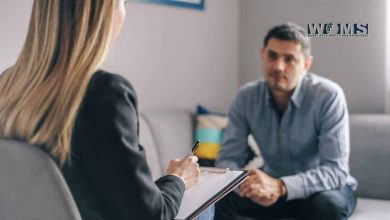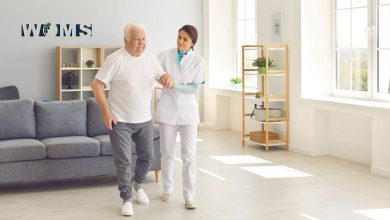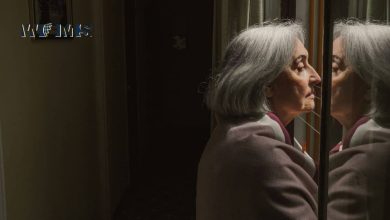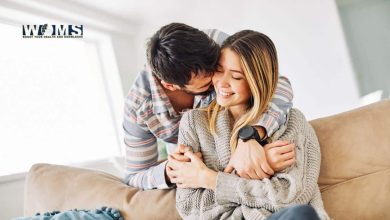Understanding Varicose Veins & It’s Treatment Options
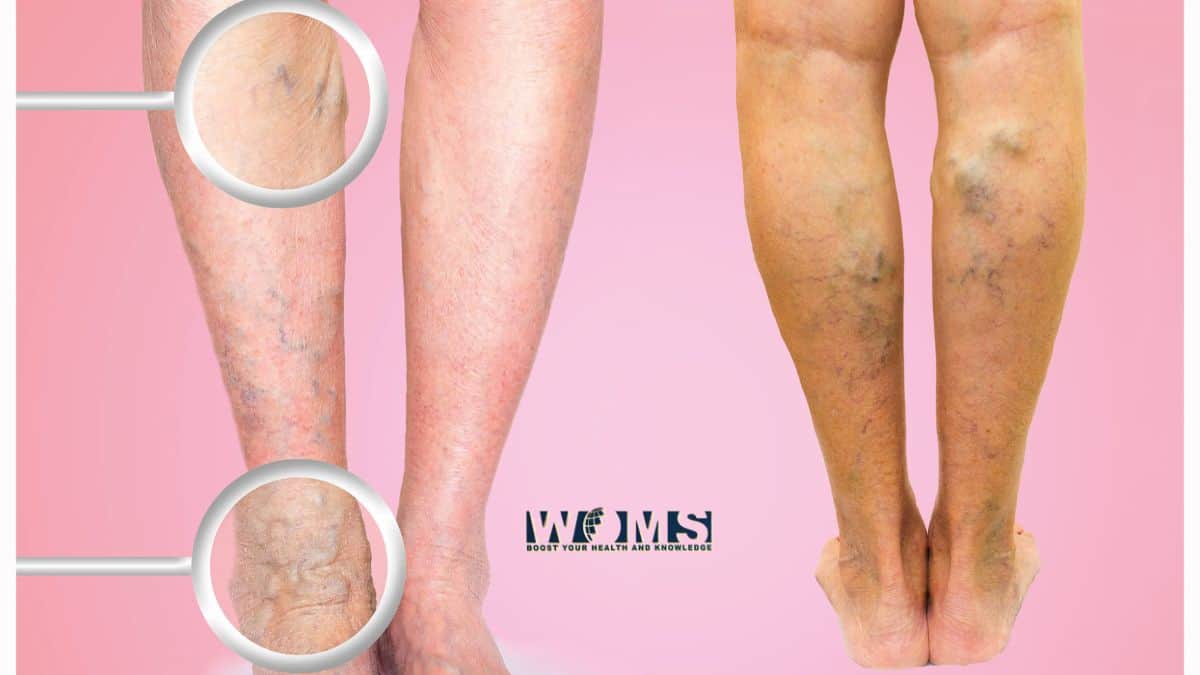
Varicose veins are swollen, twisted blood vessels that appear just under the skin’s surface, usually in the legs, feet or ankles. They are caused by weak or damaged valves in the veins of legs that does not work properly which enables blood to flow backward and pool in the veins, stretching or twisting these veins. Varicose veins affects the quality of life of people suffering from it and can cause pain, discomfort, itching, bleeding, ulcers or blood clots. In this article we will highlight the causes, symptoms and different varicose veins treatment options, as well as some lifestyle changes and exercises that can help prevent or reduce them.
What are the causes of varicose veins?
Varicose veins are more common in older people, women, people who are overweight or obese, who stand or sit for long periods, who have a family history of varicose veins, and who smoke. These factors can increase the pressure in the veins or weaken the vein valves which can cause varicose veins. Other health conditions such as pregnancy, menopause, constipation or certain tumors can contribute in the development varicose veins
What are the symptoms of varicose veins?
Varicose veins may not cause any symptoms, but some people may experience:
- Veins that are dark purple, blue or the same color as the skin, depending on the skin color
- Veins that look twisted and bulging, like cords on the legs
- A feeling of heaviness, pressure, pain or cramping in the legs
- Itching, burning or bleeding from the affected veins
- Changes in skin color or texture around the varicose veins
- Ulcers or sores on the skin near the varicose veins
- Swelling, redness or warmth in the legs or ankles
- Spider veins, which are smaller, thinner and redder or bluer than varicose veins, and look like spider webs or branches on the skin
What are the treatment options for varicose veins?
The treatment for varicose veins depends on the severity of the condition, the symptoms and the goals of the patient. Some of the treatment options include:
- Laser therapy EVLT: This is a procedure that uses strong bursts of light to heat and destroy the varicose veins, making them disappear. It is usually done in a doctor’s office and does not require anesthesia or incisions. It may cause some bruising, swelling or discoloration of the skin, which usually resolve within a few weeks.
- VenaSeal closure system: In this procedure a special glue is used to close the affected veins, rerouting blood to healthy veins and relieving symptoms. This procedure does not require heat, anesthesia, or compression stockings. It has a high closure rate and a fast recovery time.
- Catheter-assisted procedures: These are procedures that involve inserting a thin tube (catheter) into the varicose vein, heating it and sealing it shut. This causes the vein to collapse and disappear. It is usually done under local anesthesia and may require a small incision. It may cause some bruising, swelling or numbness in the leg, which usually resolve within a few days.
- Sclerotherapy: In this procedure a chemical solution is injected into the varicose veins which causes them to close and fade away. It is usually done in a doctor’s office and does not require anesthesia or incisions. It may require several sessions to get the desired results.
- Vein Stripping: It is a surgical option that involves tying off and removing the varicose vein through small incisions in the skin. It is usually done under general anesthesia and may require a hospital stay. It may cause some pain, bleeding, infection or scarring, which usually heal within a few weeks.
- Ambulatory phlebectomy: It is a surgical procedure in which the varicose vein is removed through tiny punctures in the skin. It is usually done under local anesthesia and does not require a hospital stay. It may cause some bruising, swelling or numbness in the leg, which usually resolve within a few days.
- Endoscopic perforator vein surgery: This is a surgery that involves closing and removing the varicose veins through small incisions in the skin, using a tiny camera (endoscope) to guide the procedure. It is usually done under general anesthesia and may require a hospital stay. It may cause some pain, bleeding, infection or scarring, which usually heal within a few weeks.
What lifestyle changes can help prevent or reduce varicose veins?
Some of the lifestyle changes that can help prevent or reduce varicose veins are:
- Exercise regularly: Aim for at least 30 minutes of moderate exercise, such as walking, cycling, swimming or jogging, most days of the week.
- Maintain a healthy weight: Excess weight can put pressure on the veins and cause them to stretch or twist. Losing excess weight will help to reduce the strain on the veins and will also improve blood flow in the veins.
- Avoid standing or sitting for long periods: Prolonged standing or sitting can impair blood circulation and increase the risk of varicose veins. Try to change your position frequently, move your legs, and take breaks to walk or stretch every hour or so.
- Elevate your legs: Raising your legs above the level of your heart can help blood flow back to the heart and prevent swelling and pain in the legs. Do this for 15 to 20 minutes, several times a day, especially after a long day of standing or sitting.
- Wear compression stockings: Compression stockings are tight-fitting socks or stockings that apply gentle pressure on the legs, helping blood move upward & preventing blood from pooling in the veins, it can also reduce swelling, pain and discomfort caused by varicose veins. They come in different sizes, strengths and colors, which can be bought over the counter or prescribed by a doctor.
- Avoid tight clothing: Tight clothing, such as girdles, belts, pants or socks, can restrict blood flow and worsen varicose veins. Choose loose-fitting, comfortable clothing that does not squeeze or constrict your legs, waist or groin.
- Quit smoking: Smoking can damage the blood vessels, impair blood circulation, and increase the risk of blood clots.
What exercises are recommended for varicose veins?
Exercises that can help prevent or reduce varicose veins are those that involve the lower body, especially the legs. Some of the exercises that are recommended for varicose veins are:
- Walking: Walking is a simple and effective exercise that can improve blood circulation, strengthen the leg muscles, and prevent blood from pooling in the veins. Aim for at least 30 minutes of brisk walking, most days of the week.
- Cycling: Cycling is another low-impact exercise that can improve blood circulation, strengthen the leg muscles, and prevent blood from pooling in the veins. You can cycle on a stationary bike, a regular bike, or an elliptical machine, for 20 to 30 minutes, three to four times a week.
- Swimming: Swimming is a great exercise that can improve blood circulation, strengthen the leg muscles, and prevent blood from pooling in the veins. Swimming is especially beneficial for people who have pain or swelling in the legs as the water can support the weight of the body and reduce the pressure on the veins. You can swim for 20 to 30 minutes, three to four times a week, or do water aerobics or other water-based exercises.
- Leg lifts: Leg lifts are an easy exercise that can improve blood circulation, strengthen the leg muscles, and prevent blood from pooling in the veins. They can also help you tone your legs and abdomen. You can do leg lifts lying on your back, on your side, or on your stomach, depending on your preference. To do leg lifts, lie on a flat surface, such as a floor or a bed, and lift one leg up to the ceiling, keeping it straight. Hold for a few seconds, then lower it slowly. Repeat with the other leg. Do 10 to 15 repetitions, two to three times a day.
- Calf raises: Calf raises are another easy exercise that can improve blood circulation, strengthen the leg muscles, and prevent blood from pooling in the veins. You can do calf raises standing on the floor, on a step, or on a chair, depending on your preference. To do calf raises, stand with your feet shoulder-width apart, and lift your heels off the ground, balancing on your toes. Hold for a few seconds, then lower your heels slowly. Do 10 to 15 repetitions, two to three times a day.
